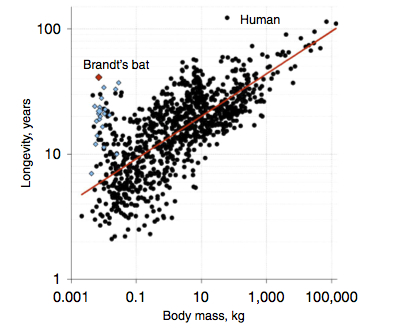More than 200 participants from North America, Europe and Asia met in post-Olympic Sochi for five days this April, as world-famous anti-aging researchers exchanged ideas at the third International Conference on Genetics of Aging and Longevity. They discussed progress and remaining obstacles, in their efforts to deepen our understanding of this complex phenomenon and develop strategies for interventions.
The central themes of the conference included (1) identification of molecular targets for lifespan-extending drugs, (2) understanding the protective genotypes of centenarians and exceptionally long-lived animal species, (3) the complex roles and interactions of genetic determinants, epigenetic regulation, metabolism, gut microbiota, lifestyle and environment in shaping the aging process, (4) developing technologies for artificial growth, cryopreservation and transplantation of organs, and (5) new technologies, including gene-editing nanoparticles and artificial chromosomes, as prospective anti-aging tools.
The doors opened on April 6, 2014, to the 3rd International conference Genetics of Aging and Longevity, organized by the Science for Life Extension Foundation in collaboration with the Institute of biology of the Komi Science Center of the Russian Academy of Sciences (RAS). Scientists from many fields of biology, medicine and informatics, and from 19 countries (Russia, U.S., Canada, Ukraine, UK, China, Kazakhstan, Belarus, Israel, The Netherlands, Germany, Poland, Israel, Italy, Estonia, Azerbaijan, Sweden, Uzbekistan, and Jordan) met in Sochi and were unified by one common goal – the ever-growing importance of understanding the mechanisms of aging, to develop ways to prevent and possibly reverse this debilitating and deadly process that underlies virtually all age-dependent diseases.



